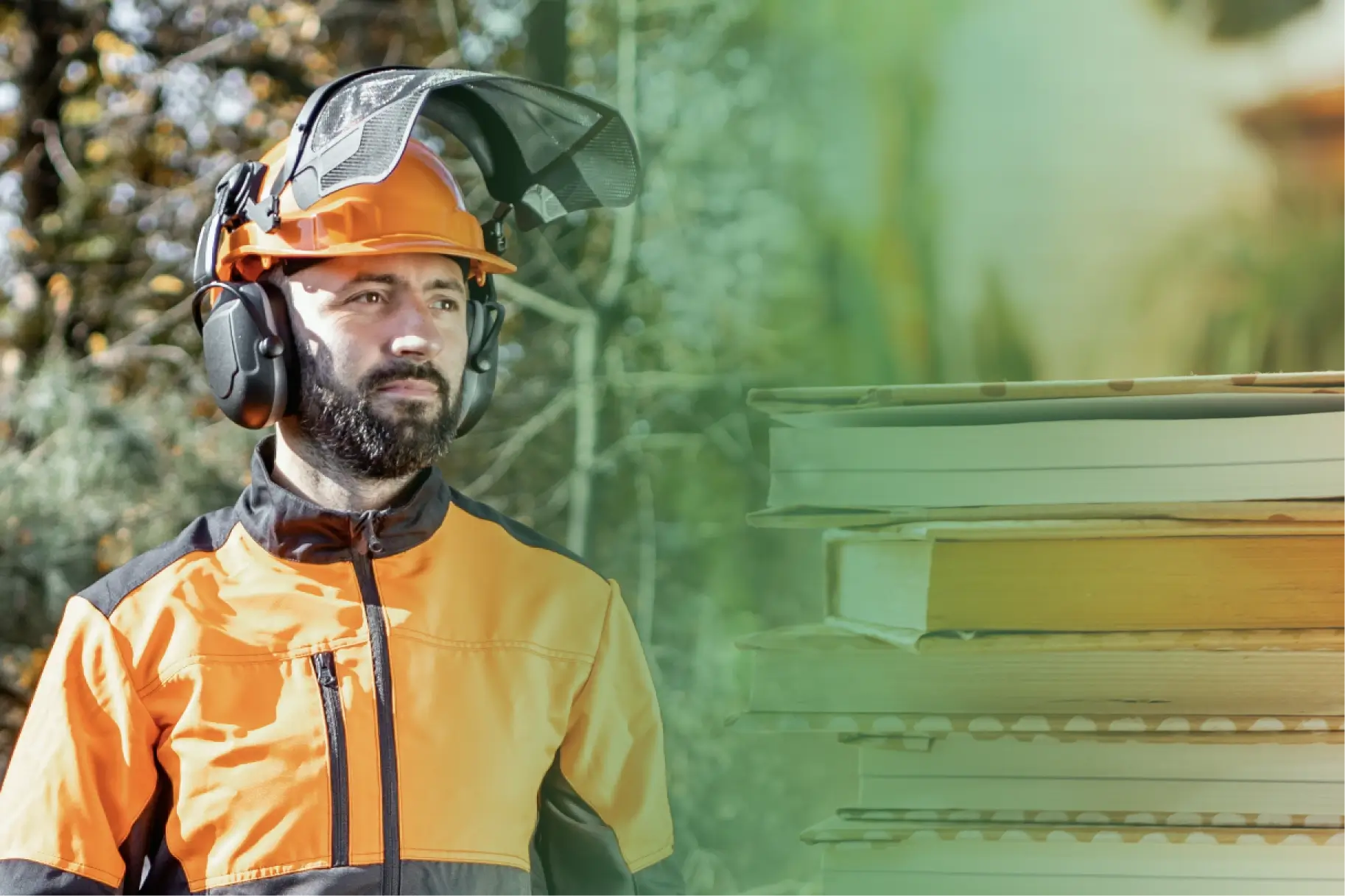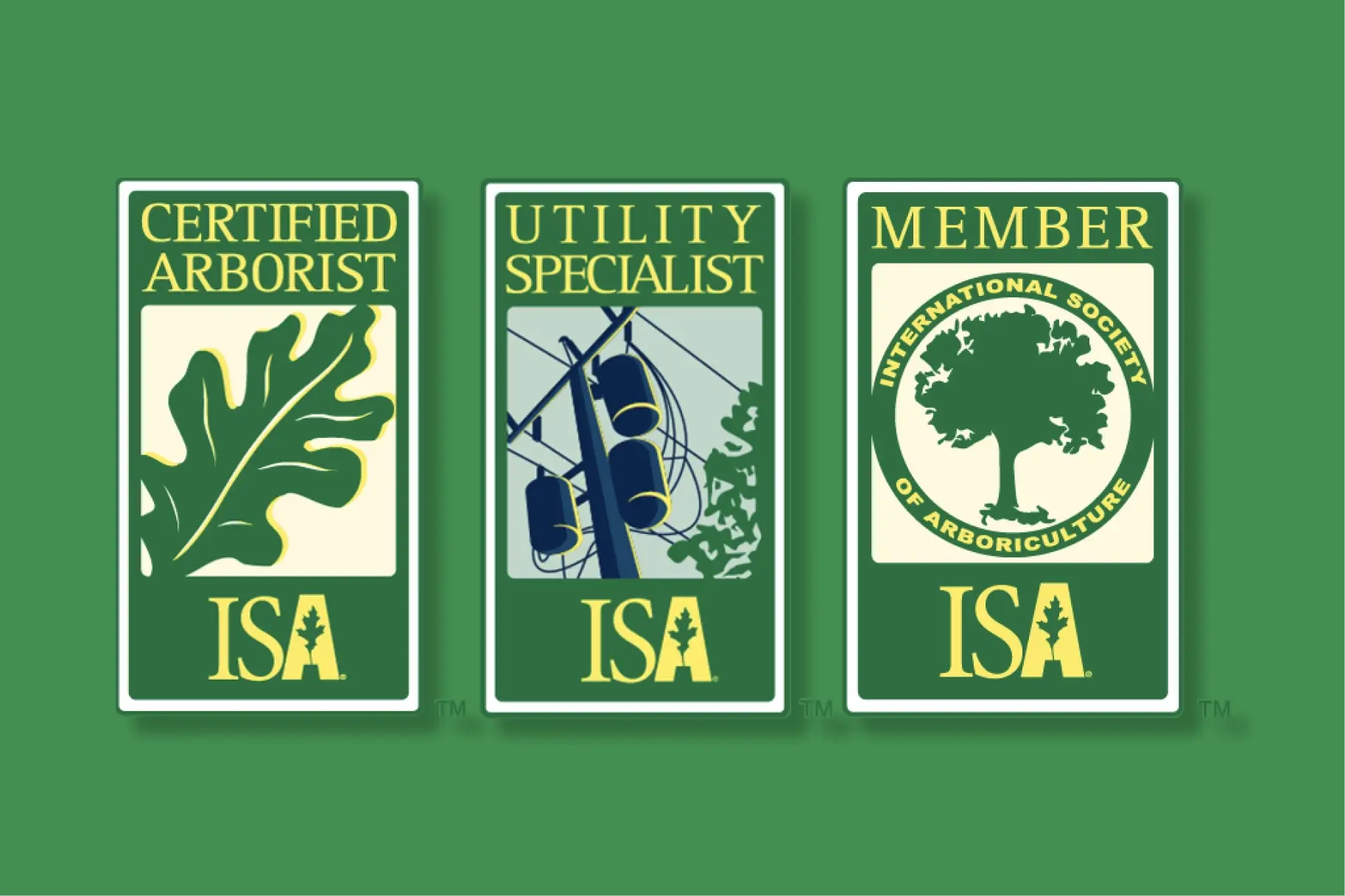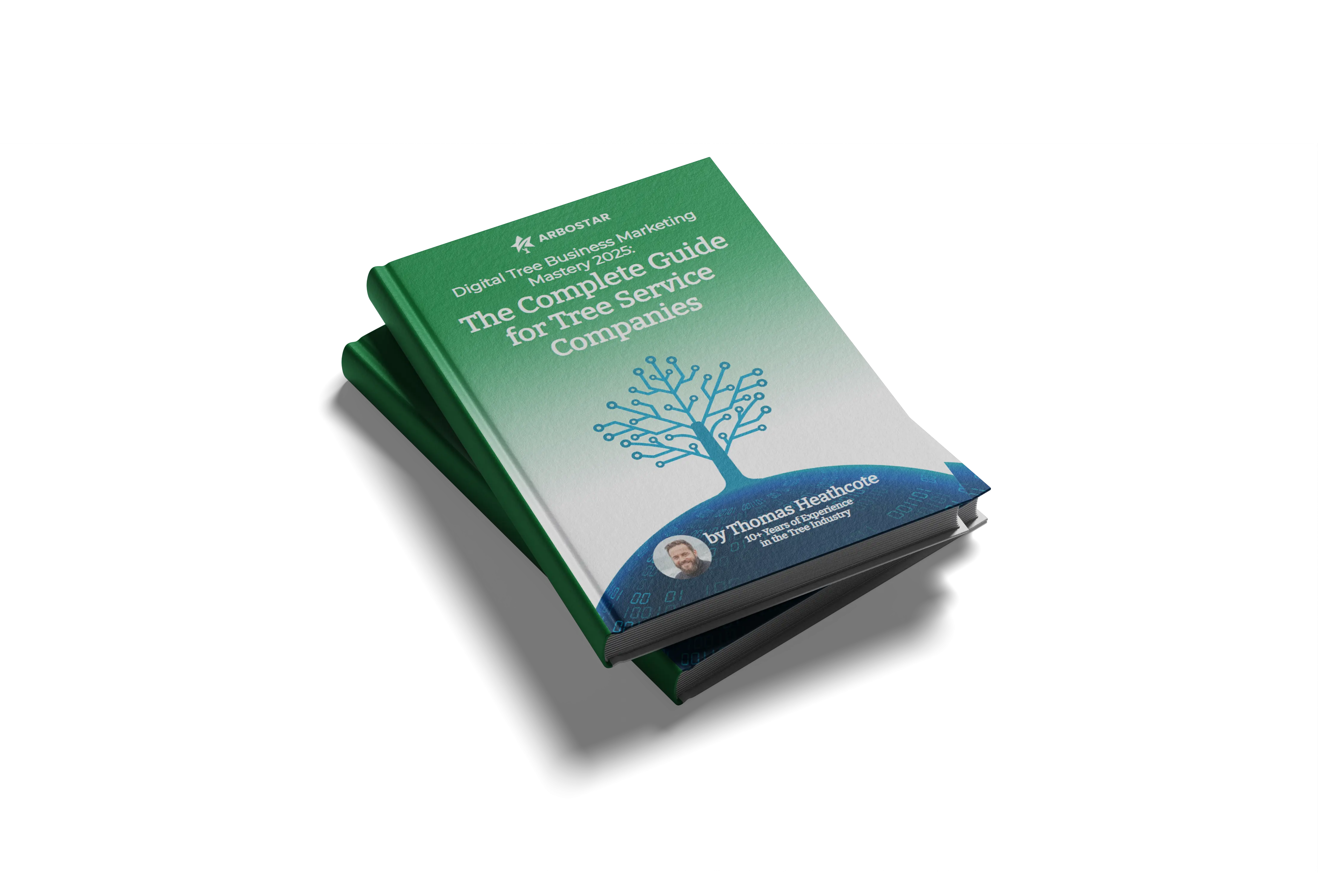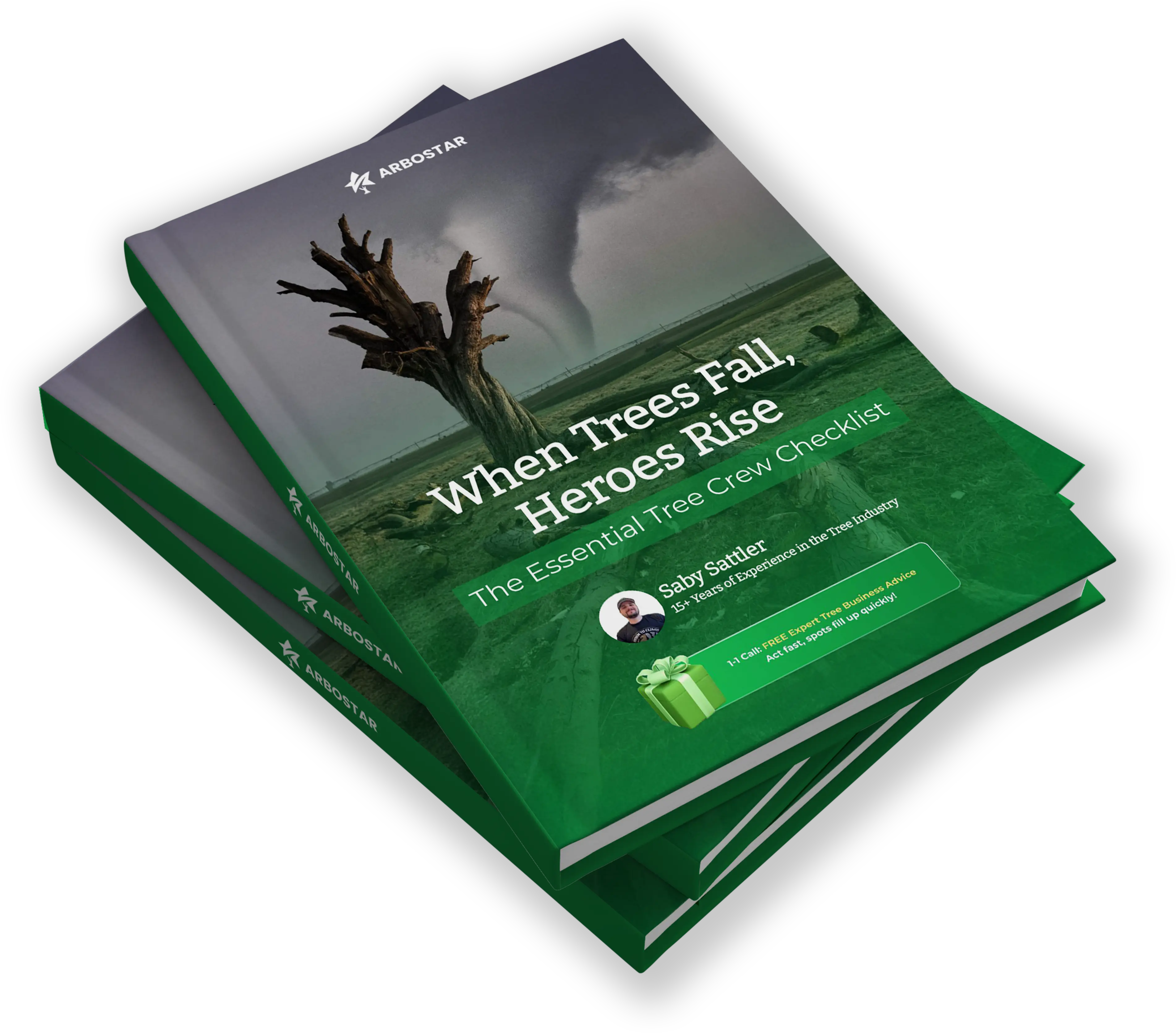Emerging Trends in Urban Forestry Management

Urban forestry is an increasingly important element of urban planning and management. As cities grow, green spaces merge with the urban fabric and the role of arborists whose job it is to take care about trees becomes more valuable. With the current issues around climate change and environmental sustainability, there is a high demand for professional arborists who can strike a balance between urban development and ecological well-being. The aim of this article is to provide guidance to those who want to start a career in arboriculture by describing all the necessary steps from education to certification as well as outlining some new trends that are taking place within this industry.

Education and Training
To start out in arboriculture, one must have good grounding in the field through education. Prospective arborists may choose degrees in fields like: forestry, horticulture, environmental science or urban planning. Several universities offer such programs including University of Massachusetts and Purdue University which focus on aspiring tree experts.
A standard course will often include topics like botany, soil science, plant pathology, and ecology. These subjects give students general knowledge about tree biology along with understanding environmental factors affecting tree health. Additionally, modules of urban design or landscape architecture sometimes teach how trees fit into global urban ecosystems.
For those unable to commit fully to degree programmes, there are many online courses available including certifications for more flexible learning schedules. For example platforms such as Coursera or Udemy have got courses touching on issues such as tree biology; soil sciences and pest control which are important aspects in comprehensive tree maintenance strategies hence one should be capable of having them at their finger tips might they ever think about pursuing related studies again.
Additionally, beyond formal education workshops or seminars organized by professional bodies like International Society of Arboriculture (ISA) offer practical experience besides creating networks among professionals looking same line carrier development. At these events you will find information on latest developments being used in maintenance technologies for plants so that you are also on the same level with what is going on in the field. They can cover themes like high pruning techniques, clinical diagnosis and therapy, as well as technology use in tree care.

Certification and Licensing
Arboricultural certification is essential as it verifies an individual’s expertise within this niche. The ISA offers several certifications such as the ISA Certified Arborist which is the most recognized. To get such a recognition, learners must pass an all-round exam that assesses them on areas like tree biology, diagnosis and treatment, and safety procedures.
The purpose of the ISA Certified Arborist exam is to test candidates’ understanding of all aspects of arboriculture. There are 10 domains covered in this examination including Soil Management, Tree Identification and Selection, Safe Work Practices etc. Preparing for this test usually involves using ISA’s numerous resources or even attending review courses and workshops.
Furthermore, there other certifications such as Tree Risk Assessment Qualification (TRAQ) or Certified Tree Worker Climber Specialist that add more value to one’s profile allowing getting better job opportunities. For example TRAQ concentrates on evaluation of tree risk when making management decisions whereas it is particularly useful for urban based arborists who are concerned about signals associated with a falling tree.
Different areas may require someone to have a license. So, you should research the local regulations in your intended work area. In short, you will need to pass an exam and adhere to continuing education requirements for maintenance of the certification. By keeping them informed of latest industry standards and practices, licensed arborists can exhibit high level of professionalism and competence.

Practical Experience
Experience is very significant in addition to education and certification. The best thing is to get internships or apprenticeships from established tree care companies because they offer practical training. Here, they can apply theoretical knowledge that they acquired in a classroom setting to real situations as well as learn from experienced mentors.
These internships usually involve working under the guidance of experienced arborists where individuals perform tasks such as tree pruning, planting, and diagnosis among others. Such hands-on experience is important for developing skills and confidence required to excel in this line of work. Apprentices are involved in longer-term tasks than interns and their progress is monitored more strictly while providing them with mentoring opportunities.
There are also entry-level positions like tree trimmers or ground workers which also give learners hands on experience. These roles include essential activities such as pruning, planting, and maintaining trees which any arborist must know how do perfectly well. Also getting involved in volunteer programs at local parks or participating in community tree-planting initiatives creates further opportunities for practical experience plus building professional networks.
Volunteer work offers not only hands-on experience but networking platforms for young professionals interested in a career related to arboriculture. Several experts started out by volunteering which might even end up opening doors for job offers or recommendations by seasoned colleagues.

Emerging Trends in Urban Forestry
The field of urban forestry has seen some new developments that would shape its future direction. There is a major emphasis on sustainable tree care practices that aim at conserving urban green spaces while enhancing them (Sullivan & Meurk 2018). These practices consist of mulching, composting, and selection of native tree species that are adapted to the prevailing climatic conditions.
For example mulching helps in soil moisture conservation, weed control plus enhancing soil structure. Composting adds organic matter to the soil which in turn promotes healthy root growth and overall tree vigor. On the other hand, selecting native species ensures that trees are ideally suited for a particular environment thereby minimizing the demand for intensive care and improving their resistance against pests and diseases.
The use of technology in arboriculture is another significant trend. Examples of such tools include Geographic Information Systems (GIS) as well as tree cabling systems that make work easier and more accurate. GIS entails mapping urban forests by arborists so that they can track tree health as well as plan for maintenance programs. Cabling system on the other side provides structural support to weakly structured trees thus preventing damage from occurring which may prolong their life expectancy.
Like ArborStar Arborist CRM software: This software streamlines operation, improve customer service and enhances business management overall. Also through this software arborstar enables them manage customers links, schedule calling time dots as well monitoring jobs progress. Furthermore it gives data analytics thereby helping an arborist become informed prior making decisions with respect to improvement of his or her services.
Urban forestry is also affected by climate change. In relation to this point, an arborist should consider how changing weather patterns affect tree health and lifespan. This means knowing which types of trees are more resistant to droughts, heat waves and pathogens (Kolden & Abatzoglou 2018). Adaptive management techniques like integrated pest management (IPM) or proactive planting need to be adopted by every arborist who wants to remain relevant in this field.
Integrated pest management (IPM) involves the use of biological, cultural and chemical combination to handle pests in a sustainable way. Proactive tree planting entails selecting tree species that are likely to flourish under future climatic situations, thus guaranteeing long term health and stability of urban forests.

ArborStar Software
ArborStar’s software for managing tree care is an invaluable tool that every arborist needs whether they are starting out in their careers or already professionals. ArborStar has created a platform that makes everything about tree care work easy through features such as scheduling, invoicing, customer management etc., all integrated into one platform. This not only improves efficiency but also enhances the quality of service provided to clients.
For beginners in this field ArborStar has made sure to equip them with tools which simplify complex tasks. The software comes packed with detailed mapping functionalities that help arborists keep track of trees and manage inventories. This is especially useful in urban areas where dealing with many trees can be a daunting task.
Professional arborists on the other hand are able to benefit from the advanced analytics and reporting capabilities offered by ArborStar. These improve decision making based on data leading to increased effectiveness of any tree care practices at large. By assimilating ArborStar into their operations, arborists confirm their fidelity towards using modern technology standards when it comes to tree care.
In addition, ArborStar is mobile compatible allowing accessibility and management activities wherever you are as an arborist. Such flexibility is key during fieldwork because quick access to data can greatly influence efficiency and decision-making.



















